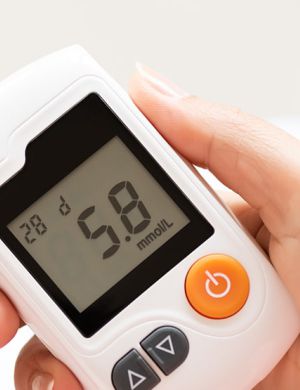
Color Additive Petitions
FDA Recommendations for Submitting Chemical and Technological Data on Color Additives for Food, Drugs, Cosmetics, and Medical Devices
The Food and Drug Administration (FDA) provides guidance on submitting chemical and technological data needed to evaluate petitions requesting approval for the use of new color additives in food, drugs, cosmetics, or medical devices. This guidance is intended to support petitioners who wish to use a color additive not currently authorized for a particular application. These recommendations supplement, but do not replace, requirements outlined in the Federal Food, Drug, and Cosmetic Act (the Act) and Title 21 of the Code of Federal Regulations (CFR).
Statutory and Regulatory Requirements
Under Section 721(a) of the Act, a color additive used in or on food, drugs, cosmetics, or medical devices is considered unsafe unless:
(1). A regulation exists listing the color additive;
(2). The regulation permits the specific intended use; and
(3). The color additive and its use comply with that regulation.
A color additive used in or on a medical device falls under this section only if it comes into direct contact with the human or animal body for a significant duration.
Title 21 CFR Parts 70 and 71, issued under Section 706(b) of the Act, detail the requirements, administrative procedures, and data needed in a color additive petition.
Regulatory Requirements for Chemical and Technological Data (21 CFR 71.1)
(1) 21 CFR 71.1(c)(A)
- Identity: The petition must identify the color additive by name and include complete information on chemical identity, composition, and the analytical methods used to characterize it.
- Physical, Chemical, and Biological Properties: Information on relevant physical, chemical, and biological characteristics must be provided.
- Chemical Specifications: Specifications must describe the components of the additive and establish limits for reaction byproducts and impurities.
- Manufacturing Process Description: The petition must describe the manufacturing methods, facilities, and controls used, demonstrating that the additive has a reproducible composition. Alternative methods or controls may be included if they do not impact the additive’s characteristics.
- Stability Data: Stability studies must be included. If necessary, the petition must specify expiration periods, packaging considerations, and labeling precautions to maintain product stability.
(2) 21 CFR 71.1(c)(B)
- Uses and Restrictions: The petition must describe the intended amount and color effect, including all instructions and recommendations for use. If color migration from packaging may occur, supporting data and expected residue levels must be included.
- Labeling: Draft labeling must be submitted, with final printed labeling provided before marketing.
(3) 21 CFR 71.1(c)(C)
- Analytical Methods for Enforcing Specifications: Practical analytical methods must be provided to identify the pure color additive and its intermediates, subsidiary colors, and other components.
- Determining the Additive in Products: Methods must be described for quantifying the color additive in raw, processed, or finished food, drug, or cosmetic products.
- Identification of Substances Formed Because of the Additive: The petition must describe methods for identifying and quantifying substances formed in or on products due to the use of the color additive.
(4) 21 CFR 71.1(c)(E)
- Estimate of Probable Exposure: Comprehensive data must be provided to assess expected consumption or exposure, including cumulative exposure from related substances (e.g., food additives, pesticides) for which tolerances exist.
(5) 21 CFR 71.1(c)(F)
- Proposed Tolerances and Limitations: If needed for safety, the petition must propose tolerances or limitations on the use of the color additive.
(6) 21 CFR 71.1(c)(G)
- Exemption from Batch Certification: If batch certification exemption is requested, the petition must justify why certification is unnecessary and include supporting safety data.
Don’t miss out! Click here to stay in touch.
Categories
- Biopharma (58)
- Consumer Health (21)
- Cosmetics (11)
- Diagnostics (5)
- Digital Health (8)
- Food (2)
- Medical Device (112)
- OTC (5)
- Regulatory Intelligence (13)
- Standards (41)
Recent Blogs
Get the latest updates from Vistaar

CONNECT WITH US

Let's talk about how Vistaar can help you




